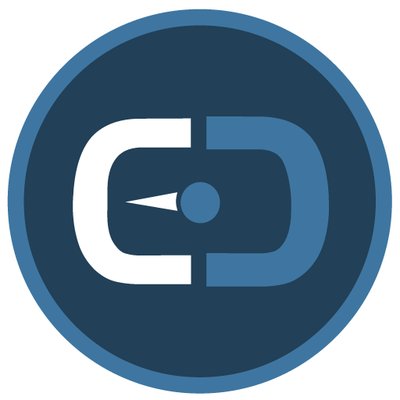SuiteDash and Tuskr integration
Save yourself the work of writing custom integrations for SuiteDash and Tuskr and use n8n instead. Build adaptable and scalable Productivity, workflows that work with your technology stack. All within a building experience you will love.


How to connect SuiteDash and Tuskr
Create a new workflow and add the first step
In n8n, click the "Add workflow" button in the Workflows tab to create a new workflow. Add the starting point – a trigger on when your workflow should run: an app event, a schedule, a webhook call, another workflow, an AI chat, or a manual trigger. Sometimes, the HTTP Request node might already serve as your starting point.
Build your own SuiteDash and Tuskr integration
Create custom SuiteDash and Tuskr workflows by choosing triggers and actions. Nodes come with global operations and settings, as well as app-specific parameters that can be configured. You can also use the HTTP Request node to query data from any app or service with a REST API.
Supported API Endpoints for SuiteDash
List company
Retrieve the metadata for companies in your account.
Create company
Create a new company
Get company
Returns a single company
Update company
Update a company using its UID or Name.
List contact
Retrieve the metadata for contacts in your account.
List contacts
Get all existing contacts.
Create contact
Create a new contact.
Get contact
Returns a single contact
Update contact
Update a contact and use /contact/meta request for attributes full information.
Update contact
Update an existing contact's information.
List companies
Get all existing Companies (Idle Companies are not available)
Subscribe contacts
Subscribe contacts to marketing audiences
To set up SuiteDash integration, add the HTTP Request node to your workflow canvas and authenticate it using a generic authentication method. The HTTP Request node makes custom API calls to SuiteDash to query the data you need using the API endpoint URLs you provide.
See the example hereThese API endpoints were generated using n8n
n8n AI workflow transforms web scraping into an intelligent, AI-powered knowledge extraction system that uses vector embeddings to semantically analyze, chunk, store, and retrieve the most relevant API documentation from web pages. Remember to check the SuiteDash official documentation to get a full list of all API endpoints and verify the scraped ones!
Supported API Endpoints for Tuskr
Create project
Creates a blank project.
List projects
Retrieves a list of projects based on various filter criteria.
Upsert test case
Updates a test case if it exists, else creates a new test case.
Create test case
Creates a test case in the specified tenant.
Import test-case
Imports a test case into a specified tenant's test plan.
List test cases
Retrieves a list of test cases of a project with support for various filters.
Create test run
Creates a new test run in a specified tenant's project.
Create test run
Creates a test run with all test cases assigned to a user.
Copy test run
Creates a copy of an existing test run along with its test cases.
Get results in a test run
Fetch test cases and their results in a test run.
Delete test run
Deletes test runs based on specified criteria.
List test runs
Retrieves a list of test runs of a project with support for various filters.
Add results for test cases
Marks one or more test cases in a test run as passed, failed or something else.
Delete test runs
Deletes multiple test runs based on your criteria.
List test suites
Retrieves list of test suites and their associated sections in a project.
Import test cases
Import test cases from CSV format.
Export test cases
Export test cases to CSV format.
Manage requirements traceability
Manage the traceability of test case requirements.
To set up Tuskr integration, add the HTTP Request node to your workflow canvas and authenticate it using a generic authentication method. The HTTP Request node makes custom API calls to Tuskr to query the data you need using the API endpoint URLs you provide.
See the example hereThese API endpoints were generated using n8n
n8n AI workflow transforms web scraping into an intelligent, AI-powered knowledge extraction system that uses vector embeddings to semantically analyze, chunk, store, and retrieve the most relevant API documentation from web pages. Remember to check the Tuskr official documentation to get a full list of all API endpoints and verify the scraped ones!
SuiteDash and Tuskr integration details
FAQ
Can SuiteDash connect with Tuskr?
Can I use SuiteDash’s API with n8n?
Can I use Tuskr’s API with n8n?
Is n8n secure for integrating SuiteDash and Tuskr?
How to get started with SuiteDash and Tuskr integration in n8n.io?
Looking to integrate SuiteDash and Tuskr in your company?
The world's most popular workflow automation platform for technical teams including
Why use n8n to integrate SuiteDash with Tuskr
Build complex workflows, really fast


